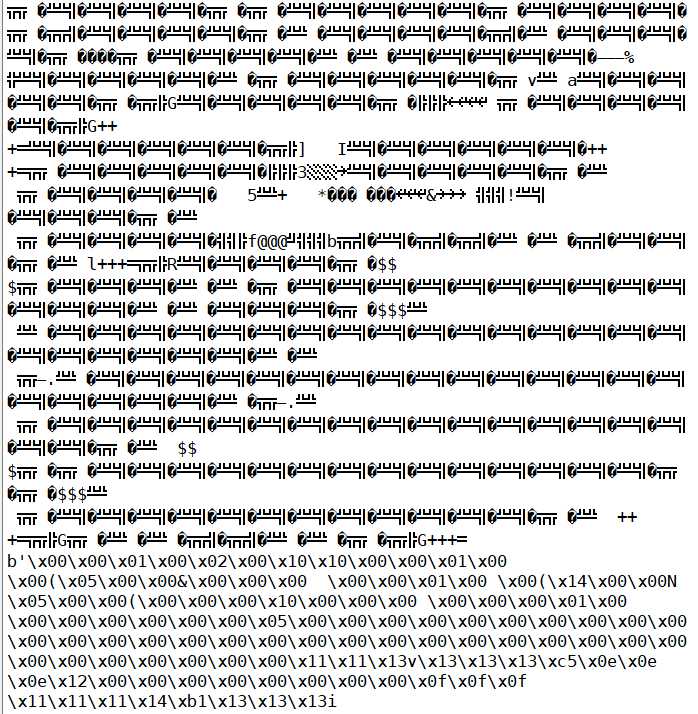python3網絡爬蟲學習——使用requests(1)
reuqests庫中有很多便捷的方法,比如以GET方式獲得網頁,在requests庫中就是方法get(),上代碼
import requests r = requests.get(‘https://www.baidu.com‘) print(type(r)) print(r.status_code) print(type(r.text)) print(r.text) print(r.cookies)
相當於urlopen的方法,得到一個Response對象,然後分別輸出他的類型,狀態碼,相應體的類型,內容以及Cookies
requests還有許多的方法比如post,put,delete,head,options等分別表示其請求
由於HTTP中最常見的就是GET請求,因此下面用其來構建一個GET請求實例:
- 基本實例
import requests data = { ‘name‘:‘germey‘, ‘age‘:‘22‘ } #也可以不用創建data字典,直接把網址後面加上“?name=germey&age=22"但這樣明顯麻煩很多 r = requests.get(‘http://httpbin.org/get‘,params = data) print(r.text) #網頁返回的是str類型,JSON格式的,我們可以用json方法將JSON格式的字符串轉化為字典
print(r.json()) runfile(‘F:/Python/exercise/pygame/untitled0.py‘, wdir=‘F:/Python/exercise/pygame‘) { "args": { "age": "22", "name": "germey" }, "headers": { "Accept": "*/*", "Accept-Encoding": "gzip, deflate", "Connection": "close", "Host": "httpbin.org", "User-Agent": "python-requests/2.18.4" }, "origin": "182.108.3.27", "url": "http://httpbin.org/get?name=germey&age=22" } {‘args‘: {‘age‘: ‘22‘, ‘name‘: ‘germey‘}, ‘headers‘: {‘Accept‘: ‘*/*‘, ‘Accept-Encoding‘: ‘gzip, deflate‘, ‘Connection‘: ‘close‘, ‘Host‘: ‘httpbin.org‘, ‘User-Agent‘: ‘python-requests/2.18.4‘}, ‘origin‘: ‘182.108.3.27‘, ‘url‘: ‘http://httpbin.org/get?name=germey&age=22‘}
但要註意的是如果不是JSON格式便會出現解析錯誤json.decoder.JSONDecodeError錯誤
- 抓取二進制數據
在抓取網頁中,我們抓取的是一個頁面,也就是一個HTML文件,如果想抓取圖片,音頻,視頻等文件,則需要抓取他們的二進制文件,再將它們解碼得到
import requests r = requests.get("https://github.com/favicon.ico") print(r.text) print(r.content)
打開後我們是這樣的

可以看出其有兩個屬性,一個是text屬性,其為Unicode類型的文件,也就是符號集類型,其中英文字母其還是為英文,但中文字符就會表示為亂碼的形式,一個為content屬性,其為二進制形式的類型,開頭有一個b表示其文件類型
再添加代碼打開文件
with open(‘facicon.ico‘,‘wb‘) as f: f.write(r.content)
其中open函數的第一個參數為圖片名稱,第二個參數為以二進制方式打開,然後就會發現在當前文件夾下存儲了一個名為favicon.ico的圖標
不過這裏我有一點疑惑,為何不是存儲為一個包含這些二進制代碼的txt文本文件,我猜測是因為,在讀寫文件的時候,電腦現將這個二進制編碼進行轉換,轉得到的文件類型為ico則存為ico,為字符串則存為txt,那麽應該在這個二進制文件裏包含了存儲為何種類型文件的信息
有的時候,有些網站可能禁止我們訪問,這個時候加上User-agent就可以了,只要在requests.get(‘url‘,headers=‘ ‘)就可以了
2.post請求
import requests data = {‘name‘:‘germy‘,‘age‘:‘22‘} r = requests.post("https://httpbin.org/post",data=data) print(r.text) print(r.content)
{
"args": {},
"data": "",
"files": {},
"form": {
"age": "22",
"name": "germy"
},
"headers": {
"Accept": "*/*",
"Accept-Encoding": "gzip, deflate",
"Connection": "close",
"Content-Length": "17",
"Content-Type": "application/x-www-form-urlencoded",
"Host": "httpbin.org",
"User-Agent": "python-requests/2.18.4"
},
"json": null,
"origin": "218.64.33.30",
"url": "https://httpbin.org/post"
}
b‘{\n "args": {}, \n "data": "", \n "files": {}, \n "form": {\n "age": "22", \n "name": "germy"\n }, \n "headers": {\n "Accept": "*/*", \n "Accept-Encoding": "gzip, deflate", \n "Connection": "close", \n "Content-Length": "17", \n "Content-Type": "application/x-www-form-urlencoded", \n "Host": "httpbin.org", \n "User-Agent": "python-requests/2.18.4"\n }, \n "json": null, \n "origin": "218.64.33.30", \n "url": "https://httpbin.org/post"\n}\n‘
可以得到返回結果,其中form就是提交的數據,這就證明POST請求提交成功了
可以通過requests.status_code得到狀態碼,此外還有history,url,cookies,headers等屬性
import requests r = requests.get("http://www.jianshu.com") exit() if r.status_code == requests.codes.ok else print("Request Successfully")
顯示為Request Successfully
當然requests.codes有ok這個條件碼,我們用這個條件碼可以得到相應的狀態碼200,當然我們可不止這一個條件碼,還有很多
python3網絡爬蟲學習——使用requests(1)
